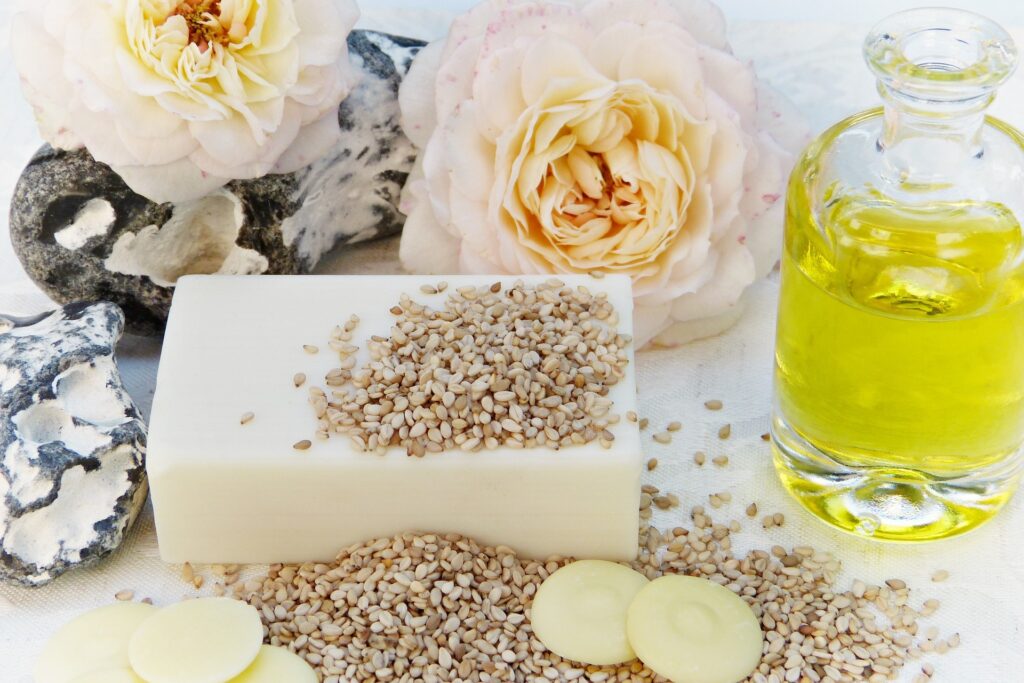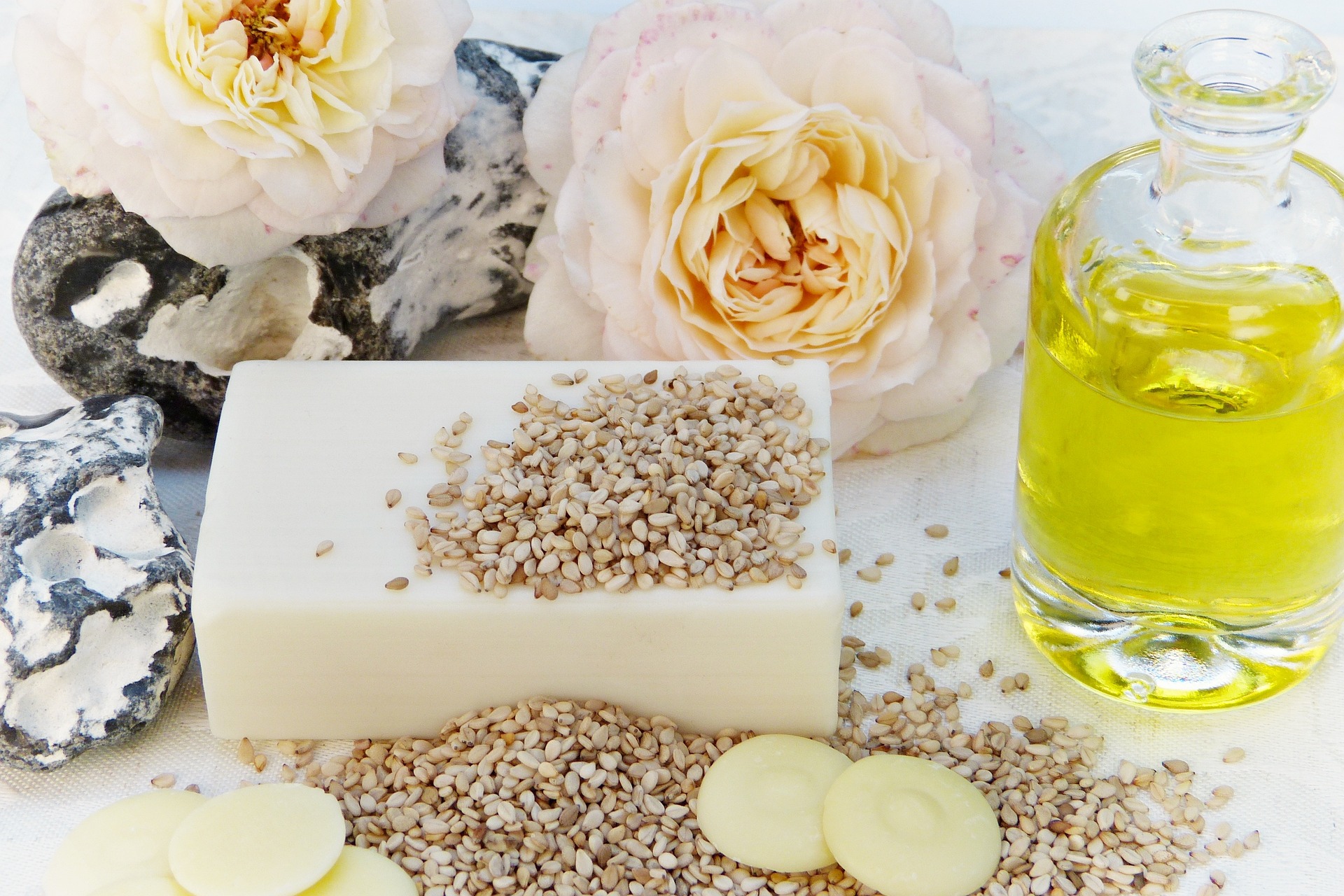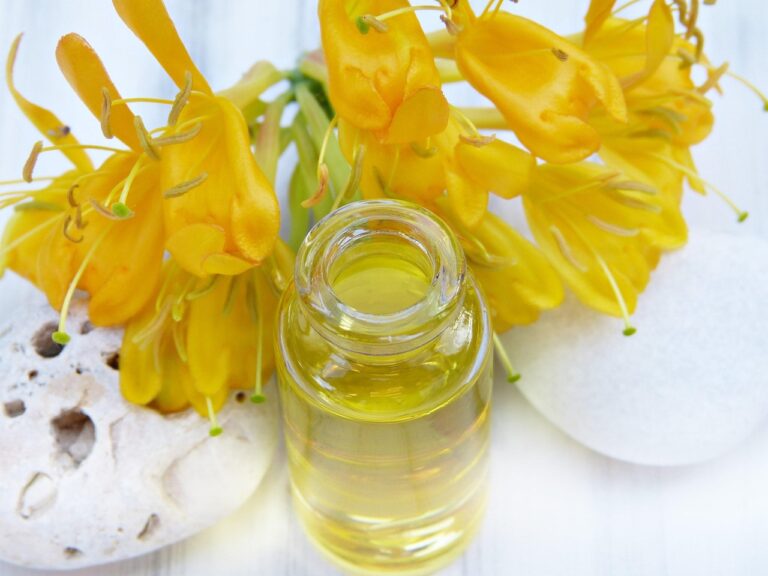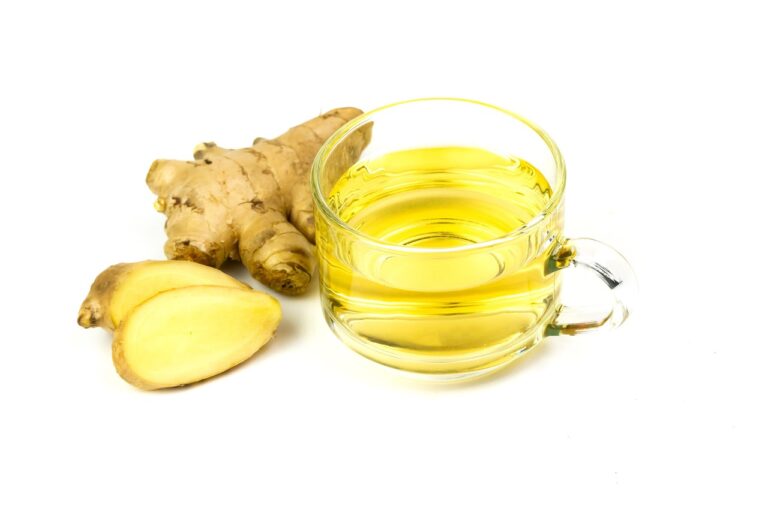Sesame Oil: The Golden Elixir for Health, Flavor, and Beauty

Introduction – A Drop of Nostalgia and Flavor
There’s something magical about the rich, nutty aroma of sesame oil. The moment it hits a hot pan, it transforms any dish into a fragrant masterpiece. Maybe it reminds you of your favorite takeout stir-fry, a homemade dressing drizzled over crisp greens, or even your grandmother’s secret remedy for glowing skin.
Sesame oil isn’t just another cooking ingredient—it’s a centuries-old treasure, celebrated in kitchens, medicine cabinets, and beauty routines worldwide. Whether you’re a home chef, a health enthusiast, or someone searching for natural skincare solutions, this golden oil has something for you.
In this guide, you’ll discover:
- The different types of sesame oil and how to use them.
- Science-backed health benefits—from heart health to radiant skin.
- Delicious recipes that make the most of its unique flavor.
- Beauty hacks for hair and skin.
- How to pick the best sesame oil for your needs.
Let’s dive in and unlock the full potential of this ancient superfood.
What Is Sesame Oil?
Sesame oil comes from pressed sesame seeds, which have been cultivated for over 5,000 years. Depending on how it’s processed, the oil can range from light and mild to dark and intensely nutty.
Types of Sesame Oil
- Cold-Pressed (Unrefined) Sesame Oil
- Made from raw sesame seeds.
- Light golden color, delicate nutty flavor.
- Best for salad dressings, dips, and low-heat cooking.
- Toasted (Dark) Sesame Oil
- Made from roasted sesame seeds.
- Deep brown color, bold, smoky taste.
- Ideal for stir-fries, marinades, and finishing dishes.
- Refined Sesame Oil
- Processed to remove impurities.
- Higher smoke point, neutral flavor.
- Good for high-heat frying.
Cultural Significance
- A staple in Asian, Middle Eastern, and African cuisines.
- Used in Ayurveda and Traditional Chinese Medicine for its healing properties.
Health Benefits of Sesame Oil
Backed by both tradition and modern science, sesame oil is more than just a flavor enhancer—it’s a nutritional powerhouse.
1. Heart Health Boost
- Rich in polyunsaturated fats (omega-6) and antioxidants (sesamin, sesamol).
- Studies suggest it may lower LDL (bad) cholesterol while supporting healthy blood pressure.
- Tip: Replace butter or vegetable oil with cold-pressed sesame oil for a heart-friendly alternative.
2. Anti-Inflammatory & Antioxidant Powerhouse
- Contains sesamol, a compound that fights oxidative stress.
- May help reduce inflammation linked to arthritis and chronic diseases.
3. Skin and Hair Savior
- Natural moisturizer – Deeply hydrates without clogging pores.
- Antibacterial properties – Helps with acne and eczema.
- Hair growth stimulant – Massage warm sesame oil into your scalp to strengthen follicles.
4. Blood Sugar Regulation
- Some research indicates sesame oil improves insulin sensitivity, making it beneficial for diabetics.
Culinary Uses of Sesame Oil
Best Dishes to Use Sesame Oil In
| Dish Type | Recommended Oil Type | Why? |
|---|---|---|
| Stir-fries | Toasted sesame oil | Adds deep, smoky flavor |
| Salad Dressings | Cold-pressed | Light, nutty taste |
| Marinades | Blend of both | Balances richness |
| Baking | Refined | Neutral taste, high smoke point |
Simple Sesame Oil Recipes
1. Asian-Inspired Sesame Dressing
(Perfect for salads, noodles, or dipping sauces)
| Ingredients | Quantity |
|---|---|
| Cold-pressed sesame oil | 3 tbsp |
| Soy sauce | 2 tbsp |
| Honey | 1 tbsp |
| Rice vinegar | 1 tbsp |
| Minced garlic | 1 clove |
Instructions:
- Whisk all ingredients in a bowl until smooth.
- Drizzle over greens, grilled meats, or noodle dishes.
2. Quick Sesame Stir-Fry
(Ready in 15 minutes!)
| Ingredients | Quantity |
|---|---|
| Toasted sesame oil | 2 tbsp |
| Chicken/ tofu | 1 cup |
| Mixed veggies | 2 cups |
| Ginger & garlic | 1 tbsp |
Instructions:
- Heat oil in a pan, sauté ginger and garlic.
- Add protein, cook until browned.
- Toss in veggies, stir-fry until crisp-tender.
- Finish with a splash of soy sauce.
How to Choose the Best Sesame Oil
Not all sesame oils are created equal. Here’s how to pick the highest quality:
✅ Look for:
- Cold-pressed or unrefined (for maximum nutrients).
- Dark glass bottles (protects from light damage).
- Organic & non-GMO certifications.
❌ Avoid:
- Hydrogenated or blended oils.
- Plastic containers (can leach chemicals).
Beauty Hacks with Sesame Oil
1. Overnight Hair Mask
- Mix 2 tbsp sesame oil + 1 tbsp coconut oil.
- Massage into scalp, leave overnight, wash in the morning.
2. Natural Makeup Remover
- Apply a few drops on a cotton pad, gently wipe away makeup.
3. Skin Hydration Boost
- Apply a thin layer before bed for soft, glowing skin.
Conclusion – A Tiny Bottle, Infinite Uses
From elevating your cooking to nourishing your skin and hair, sesame oil is a versatile, nutrient-packed gem. Whether you drizzle it over a fresh salad, use it in a stir-fry, or massage it into your skin, this ancient oil delivers flavor, health, and beauty benefits in every drop.
Your next step? Grab a bottle of high-quality sesame oil and start experimenting today!
FAQs About Sesame Oil
1. Is sesame oil good for high-heat cooking?
- Toasted sesame oil has a moderate smoke point—best for sautéing. For deep frying, use refined sesame oil.
2. Can sesame oil help with dry skin?
- Absolutely! Its deeply moisturizing properties make it great for eczema, psoriasis, and dry patches.
3. What’s the difference between light and dark sesame oil?
- Light = mild, from raw seeds. Dark = intense, from roasted seeds.
4. Does sesame oil expire?
- Yes! Unopened, it lasts 1-2 years. Once opened, use within 6 months for best quality.
Now it’s your turn! Have you tried cooking with sesame oil? What’s your favorite way to use it? Share your thoughts in the comments below!**







